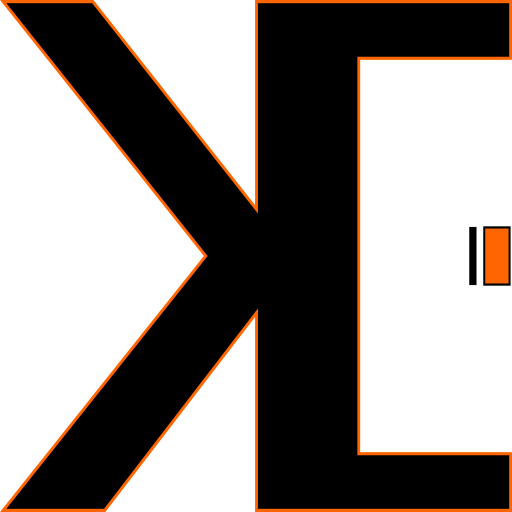Maximizing Productivity with AI: Beyond the Buzz
In today’s fast-paced work environment, discussions about AI often focus on its potential to revolutionize productivity. But is AI truly valuable, or is it just another tech trend? By examining real-world applications, we can uncover how AI tools genuinely enhance workplace efficiency.
Understanding Hidden Inefficiencies
Professionals often underestimate the time lost to daily distractions. A survey by OfficeTeam reveals that employees waste an average of 56 minutes per day on non-work activities, which accumulates significantly over time. Recognizing these inefficiencies is crucial for improvement.
Case Study: Madeline Mann
Madeline Mann, founder of Self Made Millennial, tackled her productivity challenges by introducing meeting-free days. This strategy allowed for uninterrupted deep work, dramatically improving her efficiency. Her experience highlights the importance of strategic scheduling in boosting productivity.
The Role of AI in Time Management
AI-driven tools, like Traqq, offer real-time insights into work habits. By analyzing productivity patterns, teams can identify optimal times for focused work and minimize distractions. This data-driven approach empowers managers to make informed decisions without micromanaging.
Preventing Burnout with AI
Burnout is a pressing issue, exacerbated by excessive workloads and poor work-life balance. AI tools can provide early warnings by tracking indicators such as declining activity levels and extended work hours. With this information, managers can intervene promptly, adjusting workloads and offering support to prevent burnout.
Conclusion: Embracing AI for Sustainable Success
AI is not just a collection of buzzwords; when used correctly, it transforms productivity by uncovering inefficiencies and preventing burnout. By integrating AI tools like Traqq, companies can optimize workflows, enhance employee well-being, and sustain high performance in the evolving workplace.




